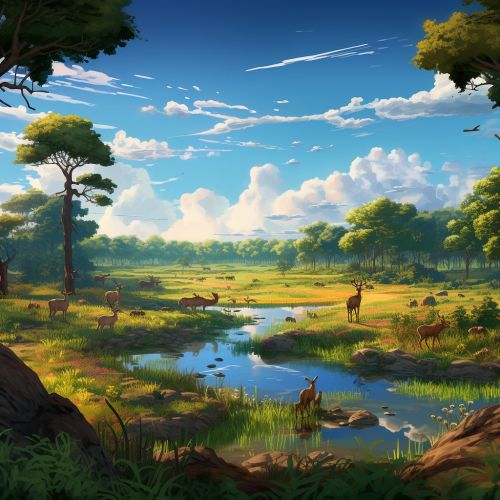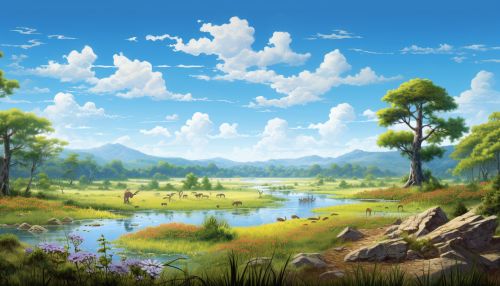Ecosystem
Introduction
An ecosystem is a complex network or interconnected system of living organisms and their physical environment, interacting as a functional unit. It is a fundamental concept in ecology, the scientific study of the relationships between living organisms and their environments. Ecosystems can be as small as a puddle or as large as the Earth itself. They can be natural, like a forest, or man-made, like a city park.
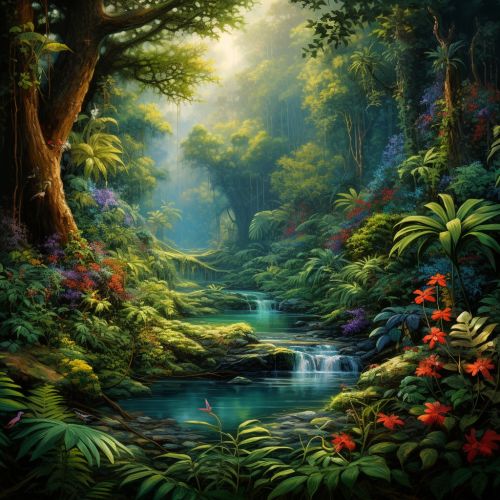
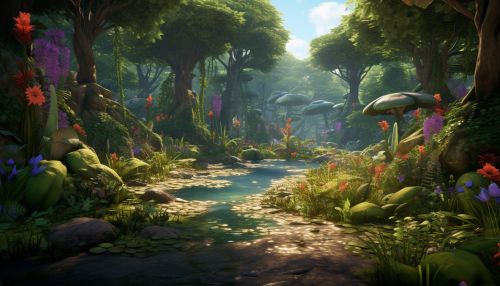
Components of an Ecosystem
Ecosystems consist of both biotic (living) and abiotic (non-living) components. The biotic components include organisms such as plants, animals, and microorganisms, while the abiotic components include elements like water, air, soil, and sunlight.
Biotic Components
Biotic components of an ecosystem are the living organisms that inhabit it. They are classified into three main categories: producers, consumers, and decomposers.
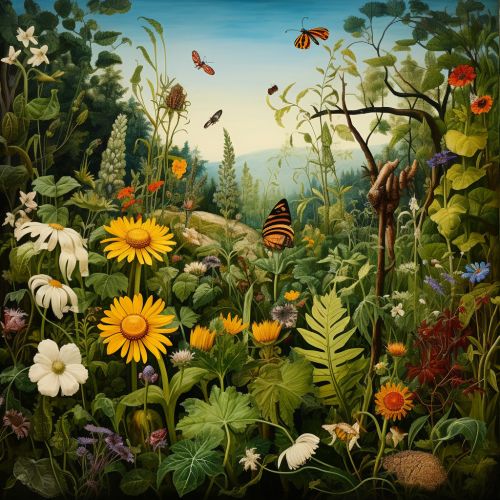
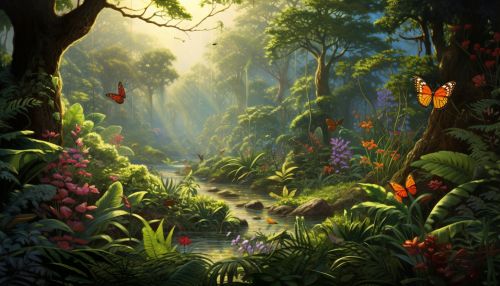
Producers
Producers, or autotrophs, are organisms that produce their own food through the process of photosynthesis. They convert energy from the sun into chemical energy, stored as glucose. This energy is then used by other organisms in the ecosystem. Examples of producers include plants, algae, and some types of bacteria.
Consumers
Consumers, or heterotrophs, are organisms that cannot produce their own food. They obtain energy by consuming other organisms. Consumers are further classified into primary, secondary, and tertiary consumers based on their position in the food chain.
Decomposers
Decomposers are organisms that break down dead or decaying organisms, and in doing so, they carry out the natural process of decomposition. Examples of decomposers include fungi and bacteria.
Abiotic Components
Abiotic components of an ecosystem are the non-living physical and chemical elements in the environment. These include factors such as sunlight, temperature, wind patterns, and precipitation, as well as soil, rocks, and minerals.
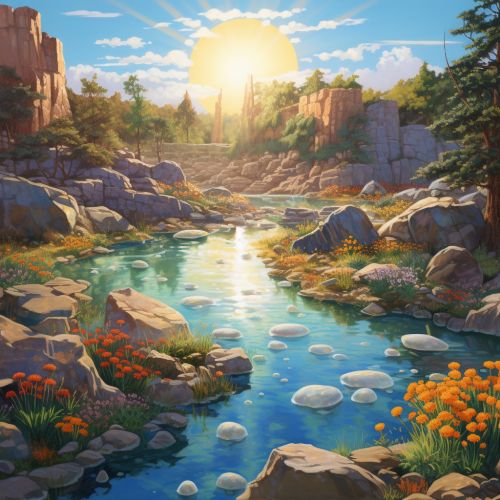
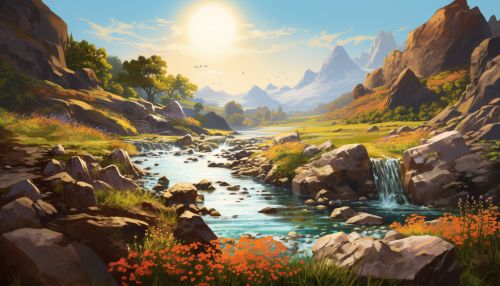
Types of Ecosystems
Ecosystems can be categorized into two main types: terrestrial and aquatic.
Terrestrial Ecosystems
Terrestrial ecosystems are land-based ecosystems. They include forests, grasslands, deserts, and tundra.
Aquatic Ecosystems
Aquatic ecosystems are water-based ecosystems. They can be freshwater, like rivers and lakes, or marine, like oceans and seas.
Ecosystem Dynamics
Ecosystem dynamics are the changes in ecosystem structure caused by changes in the environment or internal forces. These dynamics can be driven by natural events, such as fires or floods, or by human activities, such as deforestation or urbanization.
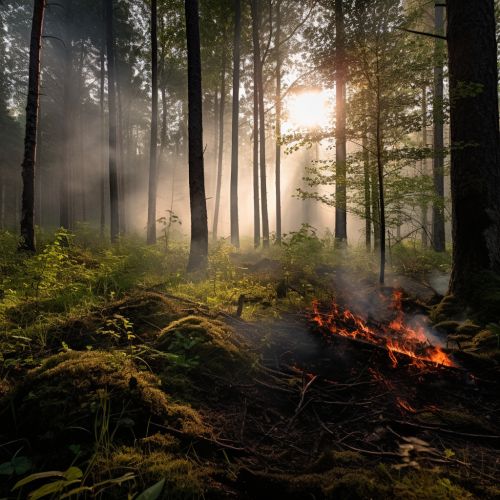
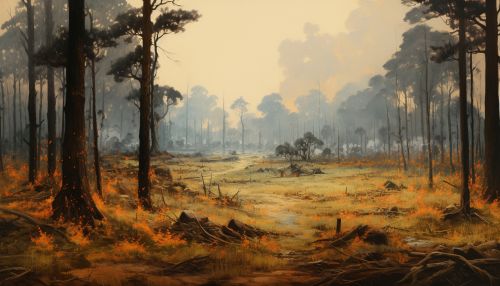
Ecosystem Services
Ecosystem services are the benefits that humans derive from ecosystems. These include provisioning services, such as food and water; regulating services, such as climate regulation and flood control; cultural services, such as recreational and spiritual benefits; and supporting services, such as nutrient cycling and soil formation.
Threats to Ecosystems
Ecosystems are under threat from a variety of factors, including climate change, habitat destruction, pollution, and invasive species. These threats can lead to a loss of biodiversity, which can have serious implications for the health and resilience of ecosystems.
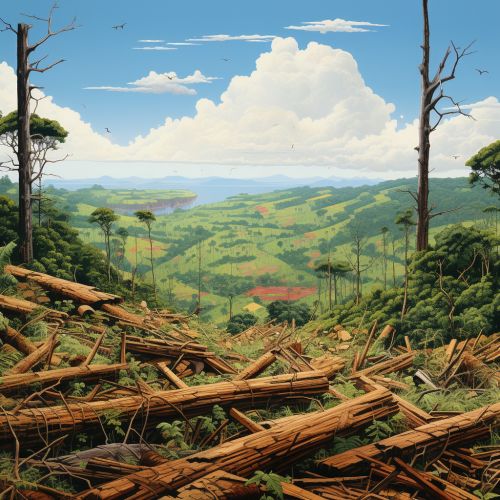
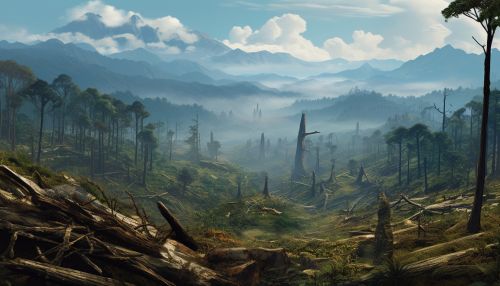
Conservation of Ecosystems
Conservation of ecosystems involves efforts to protect and preserve ecosystems in order to maintain their natural balance and diversity. This can involve measures such as creating protected areas, restoring degraded ecosystems, and promoting sustainable use of natural resources.
